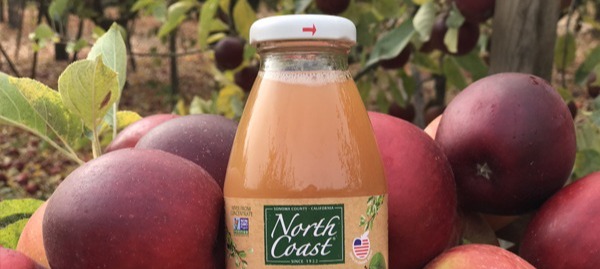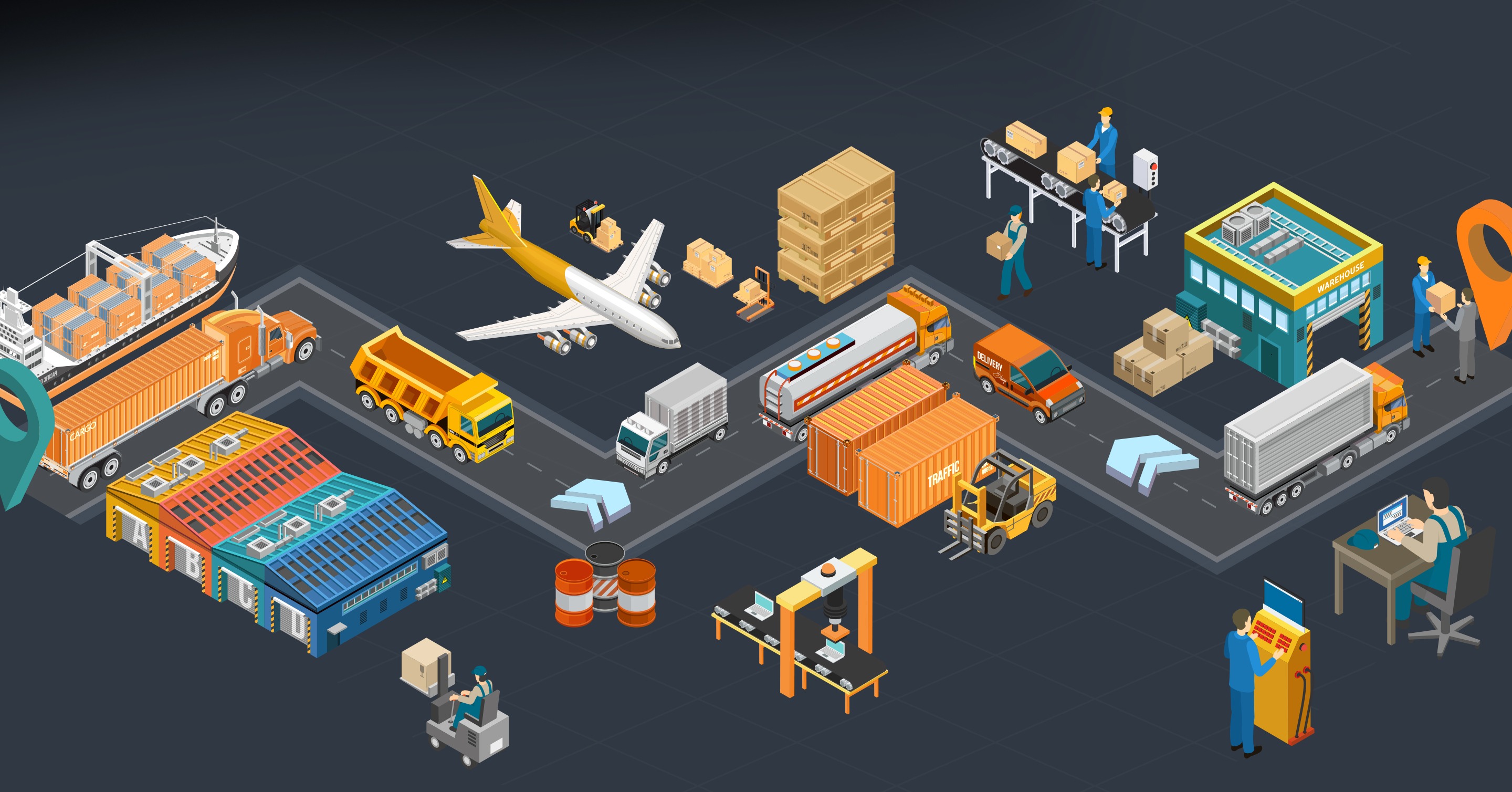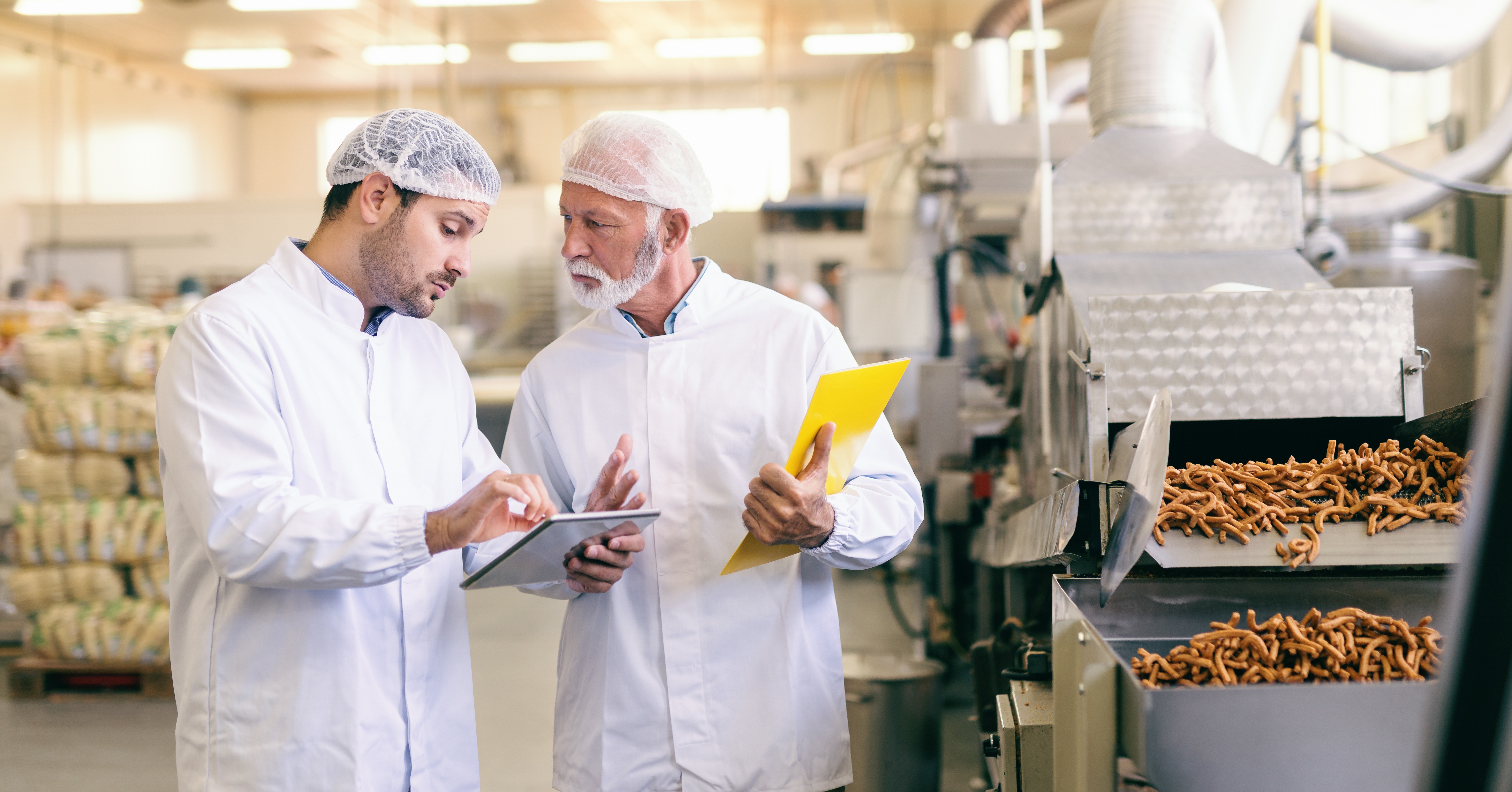What does the future have in store for the food and drink industry? In this blog post, we’ll be covering some of the top trends, from the up and coming technology in the food and beverage industry to what today’s consumers expect.
- Sustainable practices and mindset
- High quality flexitarian food
- Functional food
- More experimental breakfasts
- Tightening supply chains
- Wider use of automation
- More robust quality management and traceability processes
- Waste reduction
Top consumer trends
1. Sustainable practices and mindset
With climate change being a hotter topic than ever before, more consumers are striving to support businesses who adopt a sustainable mindset (and shunning those who don’t). So it’s no surprise recent research found that 85% of UK consumers are making more sustainable life choices.
Ingredients and packaging provenance are now becoming as vital as the quality of the product. So, consider how your business can follow responsible ingredient sourcing practices and make moves to reduce plastic packaging.

Take Sainsbury’s, for example, who has pledged to reduce its use of plastic packaging 50% by 2025. As a result of this move, 18.5 million plastic straws will be removed from circulation each year, equating to a 6.6 tonne plastic reduction.
PepsiCo is another example - the drink manufacturer is aiming to eliminate all virgin plastic from their branded bottles sold in nine European countries by 2022.
As for more responsible ingredient sourcing practices, why not take inspiration from these sustainable food businesses?
2. High quality flexitarian food
In Whole Foods Market’s latest report, “reducetarianism” was dubbed a top trend to watch in 2022. Reducetarianism are “plant-curious” consumers that have reduced their consumption of meat, dairy and eggs without cutting them out completely.
And the plant-based market is expected to grow in the coming years, with Mintel predicting meat-free food sales will exceed £1.1bn by 2024 – a significant increase from 2014’s market value of £582m.
But according to Whole Foods, the flip side of a flexitarian diet means the highest quality of meat, dairy and eggs are also in demand. This is because consumers are more aware of animal welfare and climate concerns, so they’re focusing more on quality over quantity.
And this was highlighted in a recent report by Waitrose, where nearly 70% of shoppers said the carbon footprint of their food was important. So, if you can provide customers with high-quality products that are healthy, sustainable and nutritious, you can exceed their expectations and boost your brand reputation.
3. Functional food
Consumers don’t just want food that tastes, looks and smells good. They’re also looking at the role particular food items can play in promoting good health (especially in the wake of the pandemic).
Also known as ‘functional foods’, items like vitamin D-fortified orange juice or yoghurt drinks containing probiotics (Activia, Yakult etc) are becoming more popular as consumers care more about what they’re putting into their bodies. They want foods that can deliver multiple things in one bite (so to speak).
This is backed by research too - the global functional ingredients market was worth an estimated £89.1 million ($64.9 million) in 2018 and is expected to reach £137.3 million by 2025 ($100 million). So, if you’re looking to rejuvenate your sales and regain a competitive edge, consider if ‘functional foods’ might be your way in.

4. More experimental breakfasts
With hybrid working models in place, cutting out the commute means more consumers have time for breakfast. In fact, during the first lockdown, one survey found that UK consumers ate eggs for breakfast 68% more times than in the previous year, while bacon sales were up 21% and pastries up 25%.
A Waitrose report also found consumers are becoming more adventurous with their first meal of the day, with dishes like shakshuka and Mexican breakfast burritos growing in popularity.
Process and technology trends
5. Tightening supply chains
We’ve seen the recent surge in demand for energy, labour and transport placing significant pressures on just-in-time, cross-border supply chains that keep factories open and shelves stocked. And with supply chain problems set to continue into the New Year, a key focus for businesses in 2022 will be tightening their operations.
Some ways you can do that include:
- Being flexible with your sourcing and distribution strategies (like Kellogg’s, who managed to quickly source a new supplier closer to home despite COVID-19 restrictions)
- Modernising your manufacturing operations (think along the lines of a smart, connected factory, access to real-time data and full visibility)
Our checklist covers these steps (and more) in more detail which you can download by clicking the button below.
6. Wider use of automation
Of course, certain areas of the food industry (like farming, for example) have been using automation for years. But labour shortages, inflation and supply chain issues has made automation a priority for other sectors of the food industry like food processing, who are among the last to embrace automation.

Some benefits of automation include:
- Improved quality control- when processes are automated, errors and defects can be identified, isolated and resolved more quickly
- Increased food safety- you can gain a more granular view of your food manufacturing processes and ensure one process change won’t cause adverse consequences in another
- Better efficiency and reduced waste- when deployed correctly, automation can boost efficiency, reduce waste and improve cost efficiency much more than if your processes relied on just human workers
- Enhanced traceability- as soon as a product/ingredient enters your supply chain, it can be automatically scanned and its data entered into your ERP system. Not only does this reduce the risk of human error, but it also ensures end-to-end traceability which can improve supply chain management
You can read more into the benefits of automation by clicking here.
Just make sure your team understands they’re not going to be replaced by robots or machines. In fact, these machines will handle the repeatable processes, improving quality, efficiency and freeing up more time for workers to focus on the more fulfilling tasks.
To help them accept the change you’re proposing, you’ll need to devise a change management strategy that’s fit for purpose. Read our roadmap below to find out how.
7. More robust quality management and traceability processes
With all these demands for healthier ingredients and more sustainable practices, it will benefit the industry if existing quality management and traceability processes are more robust than they’ve ever been.
For instance, a traceable supply chain can make it easier for your business to adopt sustainable working practices. Let’s say you’re a manufacturer. A traceable supply chain means you can see where each ingredient has come from and at which point it entered your supply chain. You can monitor whether it’s abiding by your sustainability goals.
Allergen labelling changes has also increased the importance of having an accurate and traceable supply chain after the introduction of the UK Food Information Amendment – also known as Natasha’s Law. The legislation is designed to protect allergy sufferers and give them confidence in the food they buy.

You can read a summary of Natasha’s Law by clicking here.
As for better quality management processes, it means you can ensure your product quality stays consistent even when you introduce alternative ingredients or adjust processes slightly. This can help you exceed customer expectations.
8. Waste reduction
Not only can food waste reduction benefit the environment, but it can also improve overall cost efficiency for businesses. Take Kellogg’s, for example, who have teamed up with Seven Bro7hers Brewery to create a beer made with cornflakes that didn’t make it through quality control.
Waste reduction initiatives like these allow food businesses to consistently convert food waste from a loss to a profit.
And then there are the intangible examples of waste, like time. Technology, such as automation, AI and machine learning, can improve production efficiency and output. Which, in turn, improves cost efficiency.
Why innovation is more critical than ever
Keeping up with trends is one thing but if you truly want to futureproof your operations, you need to be looking at innovative ways to make your products exciting, unique and enticing.
In our latest guide, we explore what innovation looks like in the food industry and help you lay the foundations for modernisation in your business. We also explain why innovation isn’t just about technology and why you need to align mindsets in order for your change to be successful.
Download it below.



